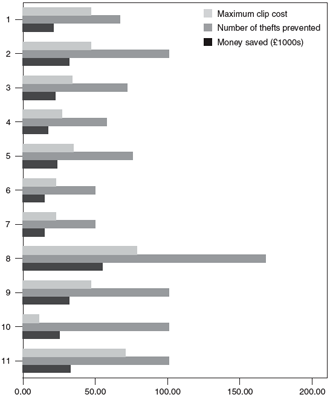CRITIC
CRITIC: A prospective planning tool for crime prevention evaluation designs
Kate J. Bowers, Aiden Sidebottom and Paul Ekblom

Planners of crime prevention evaluations often face a dilemma: how to actively manage numerous interacting variables needing prospective consideration as part of a research design. Failure to consider one design component at the expense of another, or lavishing disproportionate attention on some and not others can increase the likelihood of non-convincing and / or non-significant findings. To assist the decision making processes needed at the initial stage of evaluation design to avoid such outcomes, we describe an evolving systematic prospective planning tool given the acronym CRITIC.
CRITIC raises awareness, and discusses the effect, of Crime history (how crime-prone the action and control sites are), Reduction (in terms of proportional reduction in the crime problem anticipated in the action sites when compared to the control), Intensity (in terms of the number and / or strength of interventions necessary per target exposed to crime risk), Time period (that over which the action and control sites are tracked before and after implementation), Immensity (in terms of the number of units of analysis at risk of crime to be tracked) and Cost (in terms of the unit cost per intervention) on the likelihood of statistically significant outcome analyses and cost-effective results.
The application of CRITIC is demonstrated on a bag-theft reduction study in a chain of bars in central London. Its wider utility to other crime prevention evaluation contexts is also discussed.
